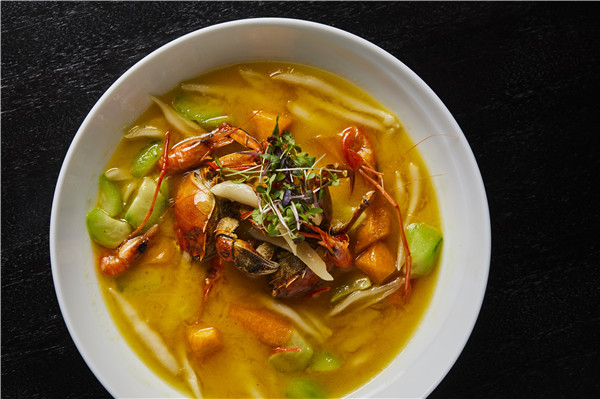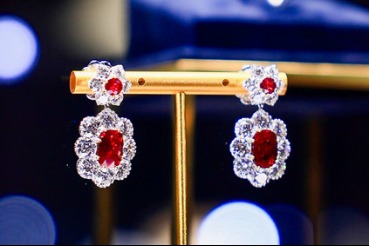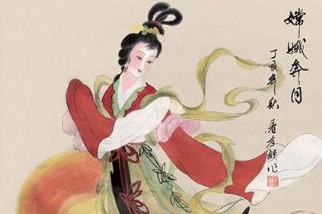China's insatiable appetite for an autumn delicacy


Versatile ingredient
Named after its furry claws, hairy crabs are native to China and have been enjoyed by the locals for centuries. This shellfish is coveted for its creamy and savory roes.
While the hairy crab is mostly available only during the autumn months - this is when the drop in temperatures result in the creature accumulating fat to stay warm - there is a long-standing tradition to make crab butter that can be savored all year round.
Making this butter is a painstaking process that includes dissecting and digging out every morsel of flesh and roe by hand before slow cooking it for hours with pork fat. Known in Chinese as tu huang you, crab butter is believed to be created by home cooks who worked for rich clans in late 19th century.
"The diversity and possibilities within this fist-sized shellfish are infinite," says Wu Yi, executive chef of Maison on One, the Chinese restaurant in Bellagio Shanghai, an ultra-luxury hotel backed by China's Diaoyutai State Guesthouse and American leisure giant MGM Resort International.
"It can be either savored alone as an individual course, or paired together with a variety of vegetables, seafood and staples," adds Wu, a 46-year-old Shanghai native.
At Maison on One, which offers a range of Chinese cuisines, including Cantonese, Sichuan and Shanghai, Wu has created a special crab menu featuring 13 dishes. One of his proudest creations, he says, is a lasagna-inspired dish that replaces flour with tofu and cheese with crab roe. Even the desserts are made using hairy crab.



































